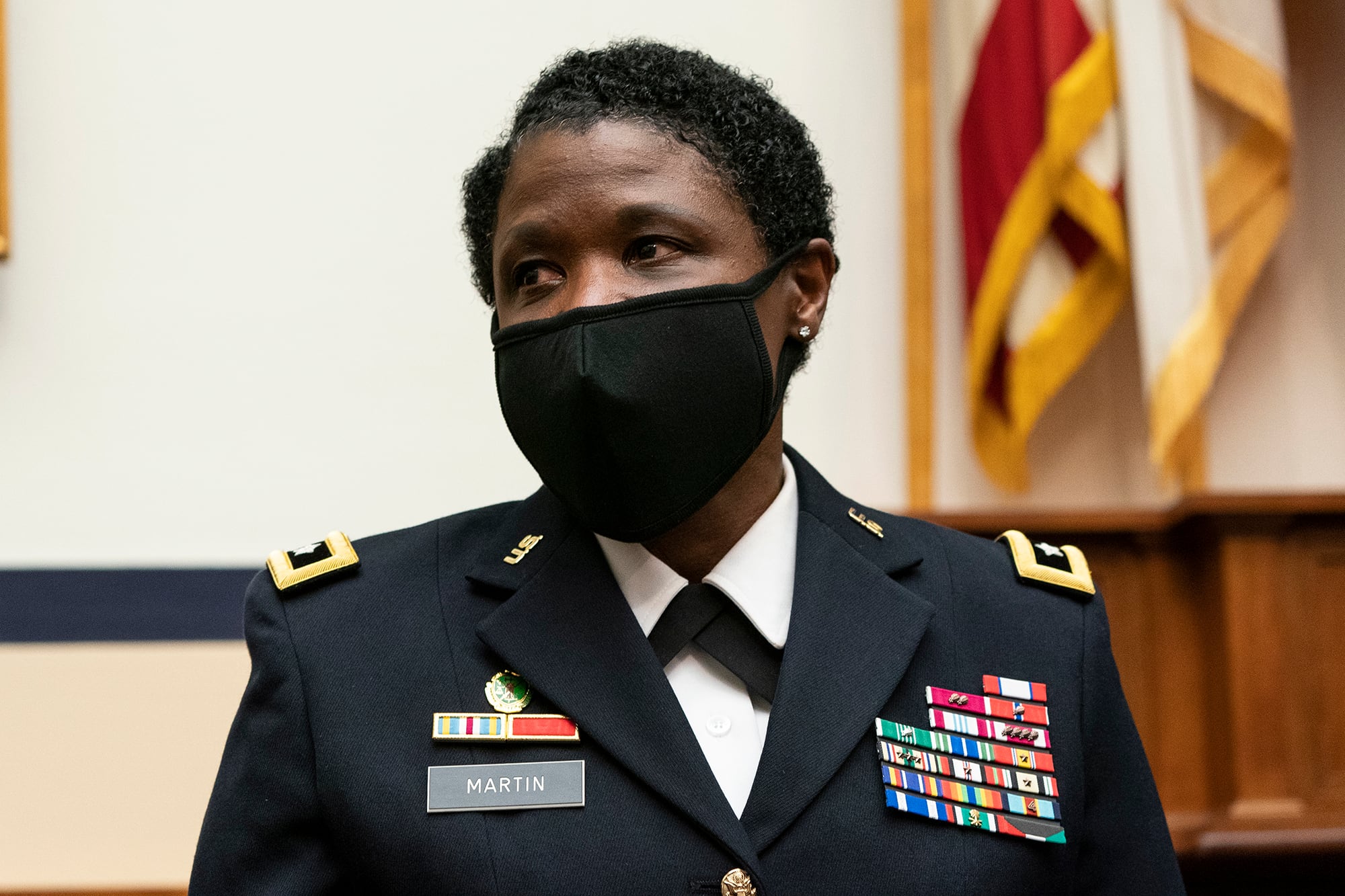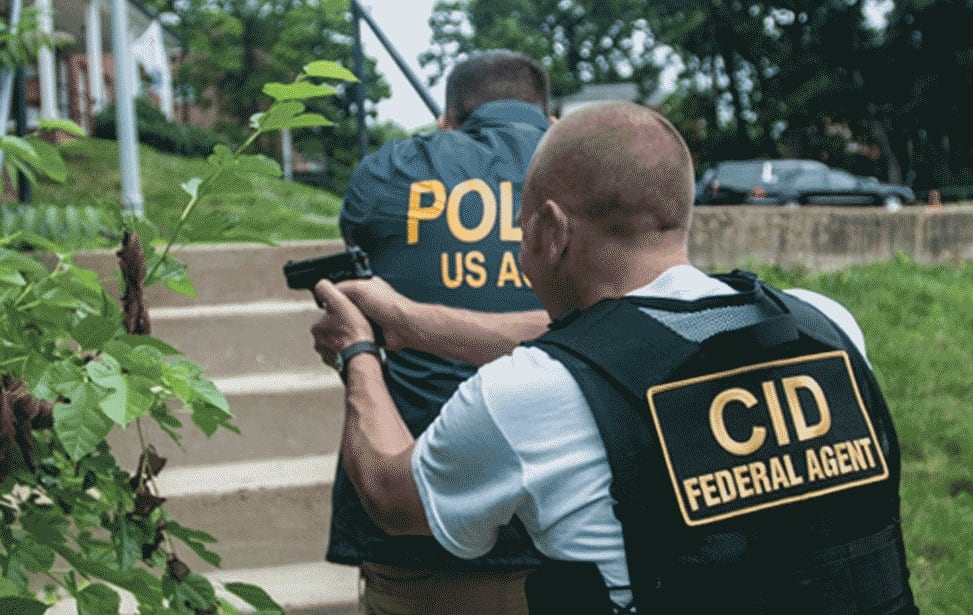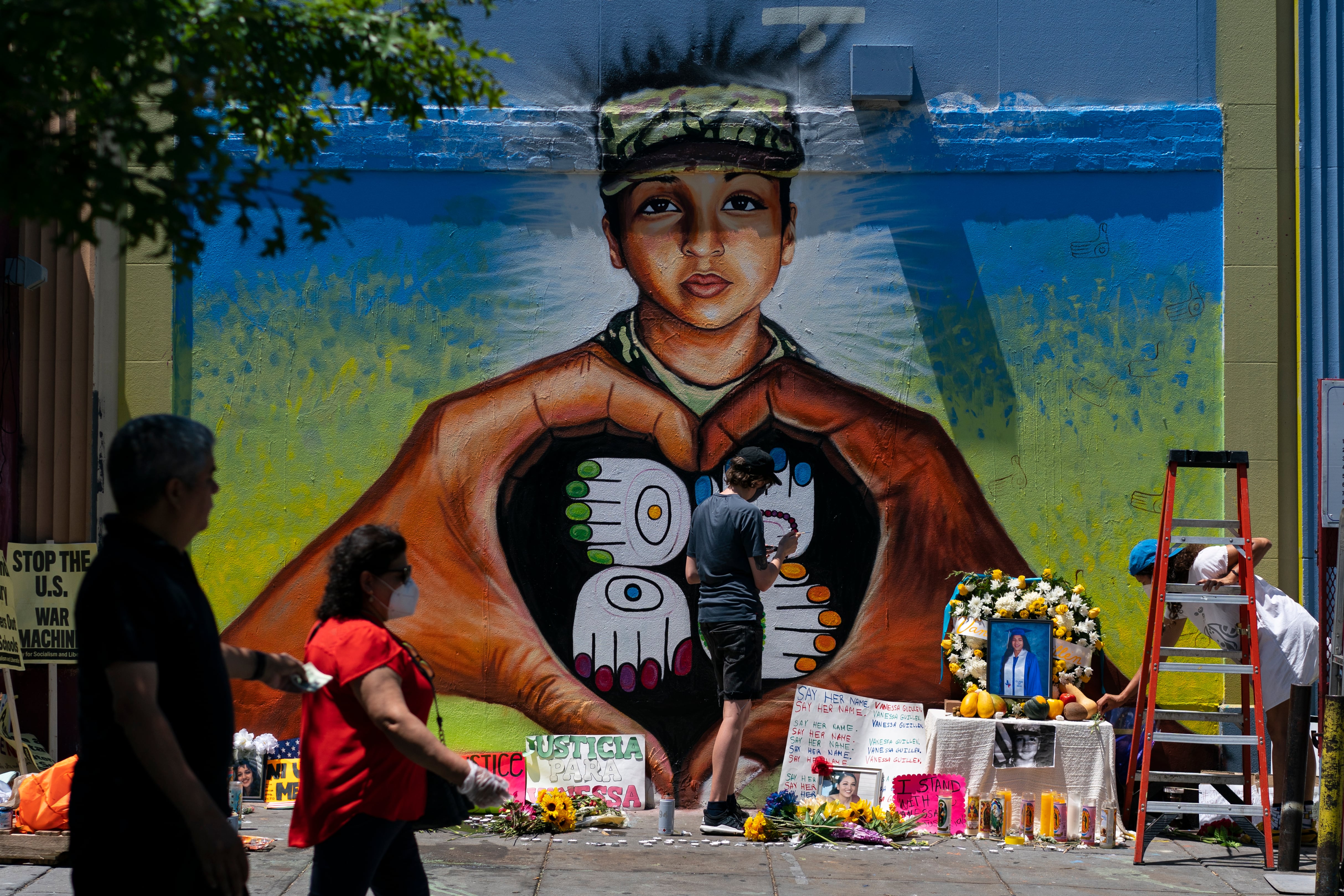Army Criminal Investigation Command’s ongoing problems may justify an overhaul of its command structure, similar to what the Naval Criminal Investigative Service went through following a major sexual assault scandal in the 1990s.
How NCIS changed in the wake of that scandal was discussed during congressional testimony Tuesday. The hearing was held one week after proposals to redesign CID were outlined in briefing documents obtained by Army Times.
One proposal suggested recasting CID as an independent organization with civilian leadership, similar to what NCIS looks like today. A second proposal, which was labeled “recommended” in the documents, would retain the current military police leadership while hiring more civilian agents.
Both proposals were drafted following the Dec. 8 release of a report on Fort Hood, Texas. The report determined that the post’s CID detachment was chronically understaffed and flush with apprentice agents, leading to missteps during the search for slain soldier Spc. Vanessa Guillen this summer.
Those problems are not limited to Fort Hood, according to Rep. Jackie Speier, D-Calf., who chaired Tuesday’s hearing and posed questions to leaders from the Army, Navy and Air Force criminal investigation agencies.
“Woefully inadequate experience among investigators — in fact, 92 percent were apprentice agents — coupled with under-staffing, created a doomed operation,” Speier said. “The Fort Hood Independent Review Committee’s report is a stinging repudiation of the Army Criminal Investigation Division.”
The Navy had a similar reckoning three decades ago, when NCIS still had uniformed leaders.
NCIS Director Omar Lopez told Speier that his organization was civilianized following the 1991 “Tailhook scandal.” The case centered on allegations that Navy and Marine aviators sexually assaulted dozens of women during a symposium in Las Vegas, and Navy investigators failed to adequately look into the cases.
RELATED

“As a result of that, there were some legislative actions, as well as Department of Defense actions,” Lopez said. “We went from being the NIS to the Naval Criminal Investigative Service, and a civilian director was appointed to lead it, and [they] civilianized the entire structure.”
That structure stands in stark contrast to Army CID, which is led by military police officers who are not criminal investigators. Army CID is also distinct from the Air Force Office of Special Investigations, which is not totally civilianized but does have investigative agents leading the organization.
Provost Marshal General of the Army Donna Martin said CID has not had “significant structural change” in 20 years, “and yet we have had significant, quadrupling cases of sexual assault.”
Martin, who leads both military police and CID, also acknowledged the distinction between the Army’s Military Police Corps and its CID agents during her testimony.
“I am not a criminal investigator,” Martin told Speier. “I’m a military police officer by trade. I have 32 years of military service in a military police role.”

It was left unclear whether Congress would push for a restructuring of CID similar to the reforms made in the wake of the Tailhook scandal. Ultimately, lawmakers may wait to see what action Army leadership takes on their own.
Martin warned during the hearing that the proposals Army Times obtained were only “draft planning documents,” but said options to reform CID will be breifed to Army senior leaders in the coming weeks.
Army Chief of Staff Gen. James McConville said Friday that models similar to NCIS and AFOSI are being considered.
RELATED

“There are opinions on both sides,” McConville added. “It may not be just making it all civilianized, and it may not be making it all military. There may be a hybrid in there, but we are not ready to make that final decision.”
CID’s structural issues were noted in the Fort Hood report as a factor that prevented agents from working more thorough investigations.
“The issue is one of inexperience, resources, staffing methods and the overall CID business model,” said Chris Swecker, a former FBI inspector who helped compile the Fort Hood report. “Across all of the death cases we looked at, the more complex the case was, the more striking it was the leads that weren’t followed and the incompleteness of the [case] file.”
Swecker told Congress Tuesday that CID may need more experienced civilian agents who can conduct law enforcement tasks that soldiers cannot easily do themselves, such as executing warrants off-post and making arrests.
“Anything that allows a particularly busy office like for Fort Hood to develop a cadre of experienced agents would be a good thing,” Swecker said.
That includes limiting protective details, which Swecker called a “distraction for special agents.”
Agents complained to Army Times previously that protective details for senior Pentagon officials in the Washington, D.C., area take many early career investigators off cases and place them in roles where they are not gaining experience with interviews, interrogations or evidence collection.
Kyle Rempfer was an editor and reporter who has covered combat operations, criminal cases, foreign military assistance and training accidents. Before entering journalism, Kyle served in U.S. Air Force Special Tactics and deployed in 2014 to Paktika Province, Afghanistan, and Baghdad, Iraq.









